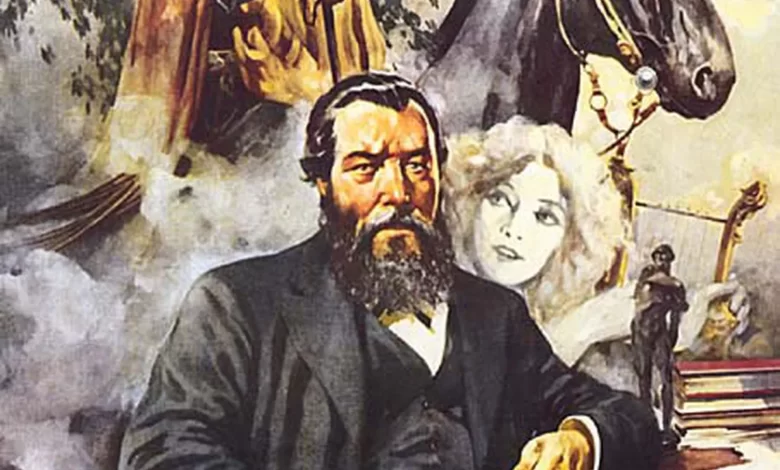Tradition Day: Why is it celebrated & Who was José Hernández?
It is celebrated in commemoration of the author of Martín Fierro, José Hernández, this Thursday, November 10, the Day of Tradition is celebrated in Argentina.

The word tradition comes from the Latin “traditio“, a derivative of the verb “tradere” which means: to transmit. It is the legacy that one generation leaves to another, of a set of customs that represents them.
Every November 10, the Day of Tradition is celebrated in Argentina, in honor of the birth of José Hernández, one of the country’s greatest literary authors. Through his writings, he paid tribute to the customs of Argentina. Martín Fierro was a poetic book that established itself as one of the most important in Argentine literature, portraying the life and spirit of the nation’s rural areas.
It was Francisco Timpone who proposed this event to the Agrupación Bases, an organization that was fighting to give greater recognition to gaucho traditions. In this way, in 1939 the Congress of the Argentine Nation enacted Law No. 4756/39 promulgated this day.
The life of Jose Hernandez
José Rafael Hernández was born on November 10, 1834 in Chacras de Perdriel or Pueyrredón, Buenos Aires. He studied at the Colegio Liceo de San Telmo. When he was twelve years old, he got to know the communities and traditions of the rural sector, to the south of his native province.
When his mother died in 1843 and suffered from health problems, he had to move with his family to the Pampas region of the province of Buenos Aires, in search of a suitable climate for his condition.
During his career, he participated in the newspapers El Argentino, El Eco de Corrientes, El Litoral and La Capital de Rosario, among others. In his articles, he details what life was like for the gaucho in the countryside. It also highlighted his needs and struggles. His travels through the interior gave him an unexpected knowledge of the gaucho customs of the country, which inspired him to publish in 1872 his stellar work: Martín Fierro.
Other of his recognized works were Life of the Chacho, The thirty-three orientals and Instruction of the Estanciero. In 1880 he opted for politics, being appointed president of the Chamber of Deputies and provincial senator, defending the Buenos Aires federalization project.





